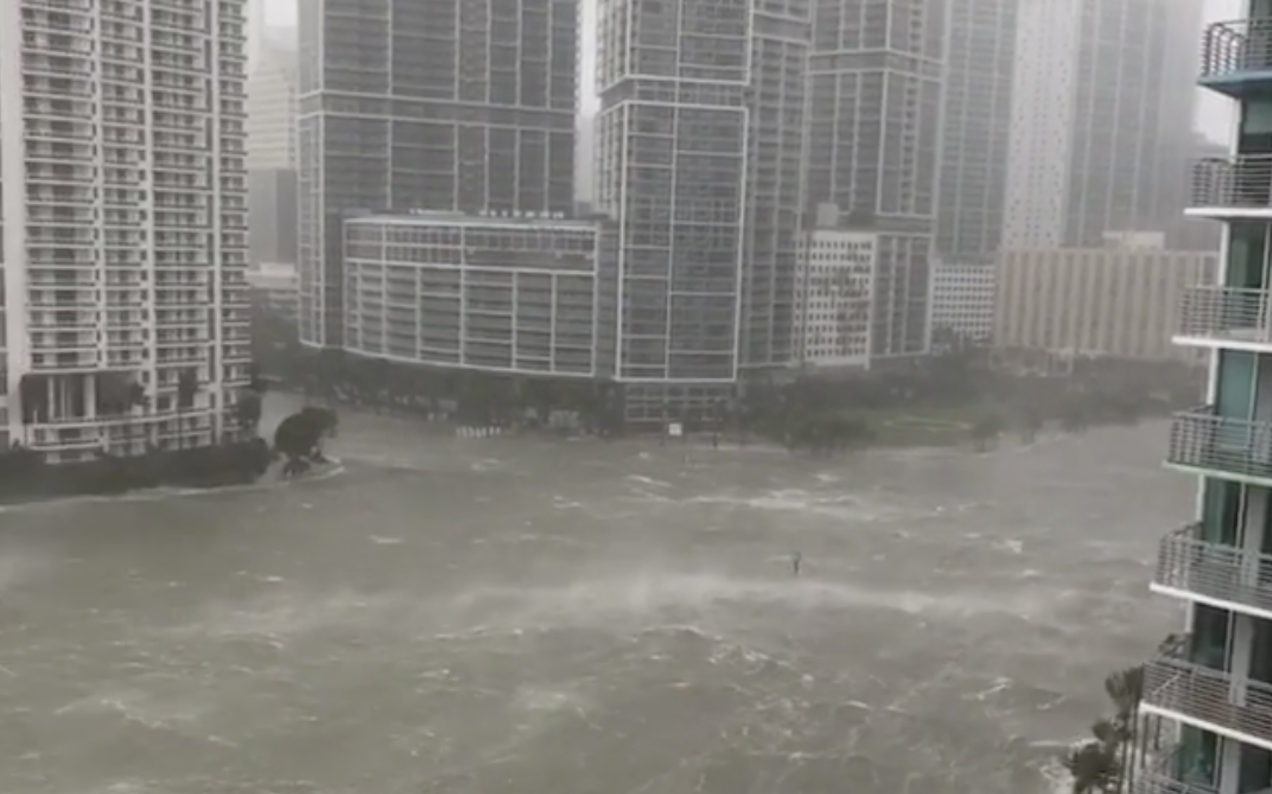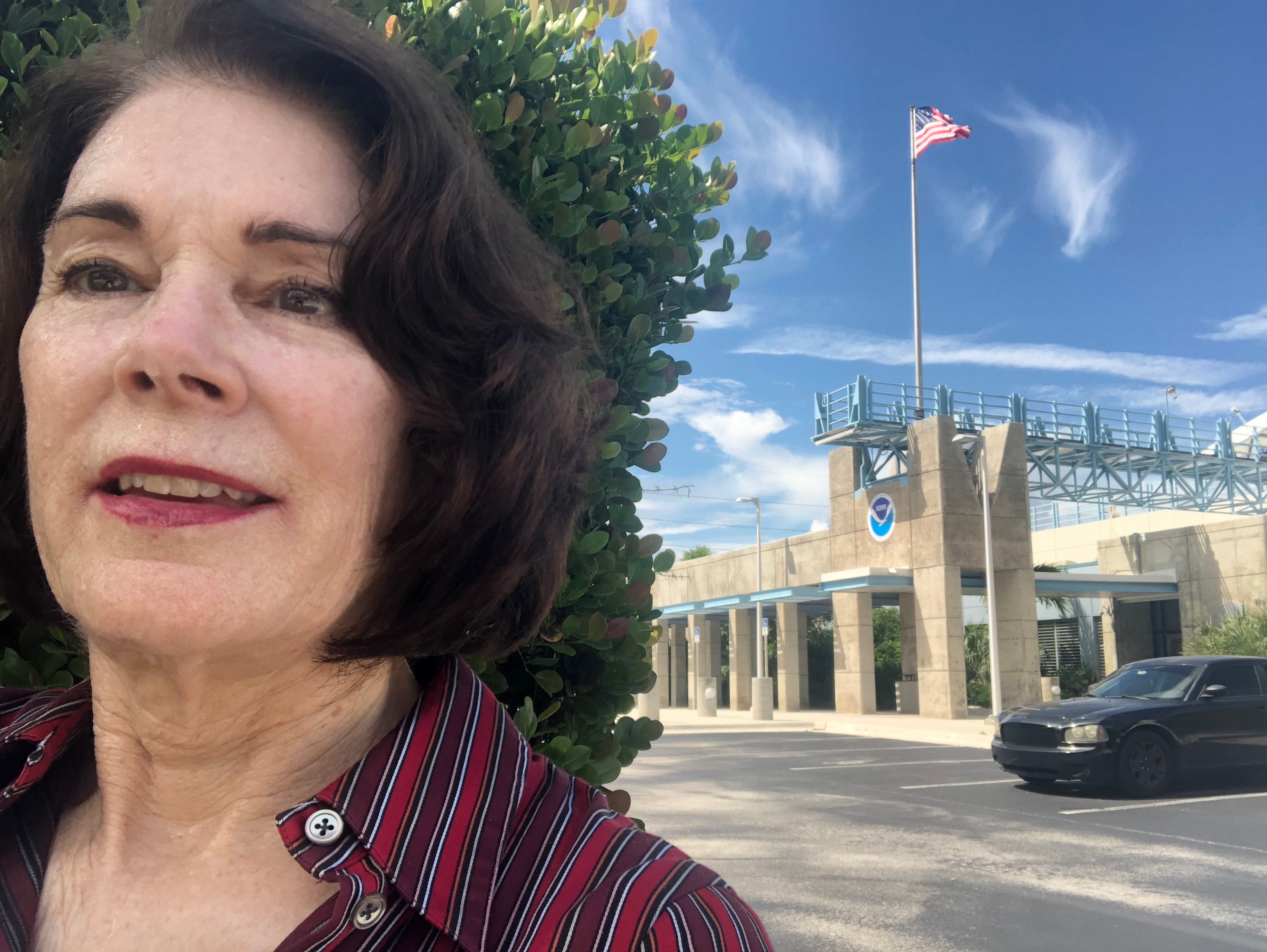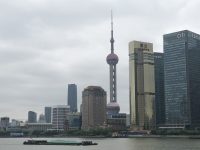Hurricanes – Exploring Miami History
For the past seven weeks I’ve been living in Miami. This means I’ve been here long enough for the topic of hurricanes to come up often enough to understand that they are a part of regular conversation here. For over 10 years I had reason to be in Orlando fairly often. Everyone in Central Florida pays attention to hurricanes, but the topic rarely comes up in conversation.
For South Florida, however, the story is very different. And I have come to understand just how much wind and water have shaped the city. So as I’ve begun to extend my exploration of this most fascinating ecosystem, I realize that I need to take a moment to review Miami’s history with extreme weather.
Hurricanes: A Few Facts
One. The weather service started naming hurricanes in 1953, using female names only. By 1979 male names also come into use.
For naming see: Why do we name tropical storms?
Two. In the 1970s meteorologists developed a scale to categorize the wind speed of hurricanes. The categories are:
1: 74 – 95 mph (119-153 km)
2: 96-110 mph (154-177 km)
3: 111 – 129 mph (178-207 km)
4: 130 – 156 mph (208-251 km)
5: 157 mph and above (252 km)
The idea was to let people know what was coming at ’em so that they could decide whether to evacuate or not.
Three. The 2019 hurricane season began on May 20 and will end on November 30.
Four. On average there are about 10 tropical storms a year in the Atlantic Ocean, Caribbean Sea and Gulf of Mexico. This past August Miami dodged a bullet when Dorian passed us by. The relief here was huge.
Five. The National Oceanic and Atmospheric Administration’s National Hurricane Center is on the campus of Florida International University in Miami. I go by it all the time coming and going from campus, since I’m teaching at FIU this year! So I went and got a selfie in front of NOAA.
Hurricanes: The Great Miami Hurricane of 1926
The Big One was in 1926. It affected Miami like the earthquake of 1906 affected San Francisco. The title image gives a sense of the power of the wind and the depth of the water. It is known simply as the Great Miami Hurricane.
Here’s an aerial view of the destruction on South Beach.

Pertinent fact: Florida experienced a land boom in the 1920s. The real estate bubble burst in 1925, leaving behind such planned cities as Coral Gables in its wake. Then the Big One hit. Miami went from bust to dust.
The Marx Brothers spoofed the land boom and its collapse in Cocoanuts (1929).
Hurricanes: Andrew
Andrew blew through town in 1992. Really blew through at peak winds of 175 mph (280 km)/ hour, making it Category 5. It was even more destructive than the Great Miami Hurricane. I note that in 1992 there was, of course, more to destroy than in 1926. In any case the fact remains that Andrew was devastating.

The trauma of the event remains vivid in the memory of any South Floridian over the age of 40.
Then comes a one-two punch:
Hurricanes: Katrina
In August 2005 Katrina came to Florida as a Category 1. By the time it pounded New Orleans it was a Cat 5. So the damage to Florida was far less than to New Orleans. However, it became important in retrospect, namely after Wilma came to town.
Hurricanes: Wilma
Two months later, in October 2005, Wilma hit Florida. I became interested in the history of hurricanes when I attended the linguistics conference at the University of Miami last weekend. There I learned that, while Wilma was “only” Cat 3, it came immediately after Katrina, and it made the already wet ground very soggy. As a result, the U of M campus lost half its banyan trees, because these trees have shallow roots.
Here’s a banyan tree that still stands in the middle of campus:

So, even almost 15 years later, the effects of Katrina-Wilma remain in memory.
Hurricanes: Irma
Category 5 Irma hit in 2017 and caused even more destruction than Andrew because – as usual – development had proceeded apace in the intervening twenty-five years.

The above image looks to be Brickell, a fancy neighborhood of expensive high-rises, which is susceptible to storm surge. For a sunnier look at Brickell see my Welcome to Miami!
Miami is a wonderfully diverse and beautiful city, and I’m loving living here for the year. I am now far more hurricane-conscious than I was before – even living as I do in North Carolina which does gets the occasional hurricane. For the Raleigh-Durham area of North Carolina, Hurricane Fran of 1996 is the memorable one. However, nothing Fran did compares to the destructive power of the Great Miami, Andrew, Katrina-Wilma, or Irma.
Categorised in: Adventure, Blog, Florida, Miami, North America
This post was written by Julie Tetel Andresen
You may also like these stories:
- google+
- comment




